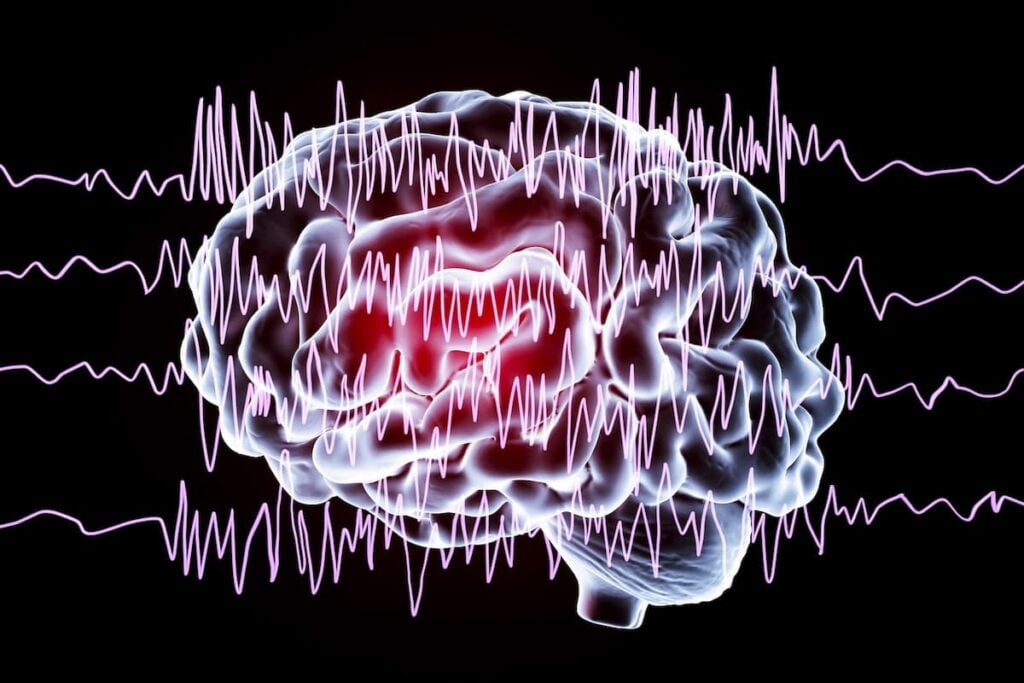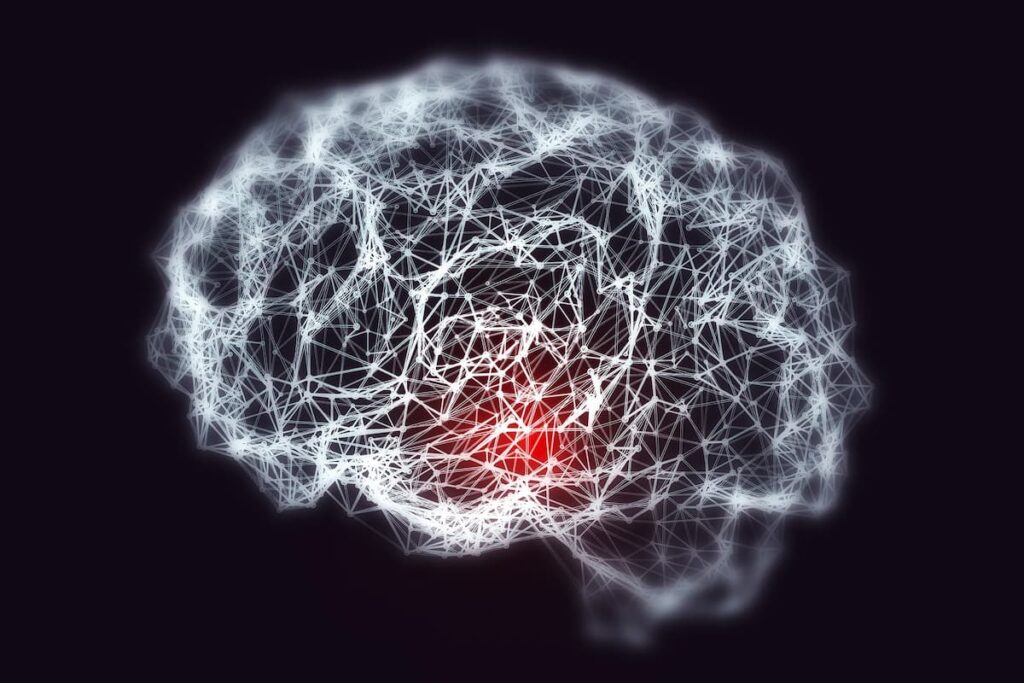When Will There Be a Cure for Parkinson’s Disease?
Table of contents
Table of contents
- What is Parkinson’s Disease?
- Prevalence and Costs of Parkinson’s Disease
- Current Treatment of Parkinson’s Disease
- AI and Parkinson’s Disease
- Treatments in the Pipeline for Parkinson’s
- Dope for More Dopamine
- LRRK2 Inhibitor for Parkinson’s Disease
- Gene Therapy for Parkinson’s Disease
- Deep Brain Stimulation and Parkinson’s Disease
- Conclusion

You can tell a lot about a culture from its Armageddon myths, as propagated through pop culture. We have created quite a few across the last few decades, from the dystopian futures of Mad Max and the Terminator to the zombie apocalypses that have come to populate many an end-of-the-world tale. The latter often entail some experiment gone horribly awry, leading to a pandemic far more lethal and gruesome than any ever caused, for example, by influenza. Earlier this year, scientists warned of a possible new pandemic that has nothing to do with diseased bat guano, genetically modified whatever, or ancient Egyptian curses. Parkinson’s Disease is on the rise, and so far there’s no cure for this (still) rare neurodegenerative disease.
What is Parkinson’s Disease?
Parkinson’s disease is a disorder in which brain cells progressively die, leading to tremors, rigidity, imbalance, and extreme slowness, among other symptoms, which can take years to develop. More specifically, Parkinson’s causes the loss of nerve cells that normally release the neurotransmitter dopamine, a chemical used by neurons to send signals to other nerve cells. It is one of a number of neurodegenerative diseases – a broad term that refers to conditions that affect the neurons in the brain – that includes Lou Gehrig’s disease and Alzheimer’s disease.
Prevalence and Costs of Parkinson’s Disease
More than 10 million people worldwide live with Parkinson’s disease, and nearly one million people in the United States will be afflicted with the condition by 2020, according to the Parkinson’s Foundation. That’s more than the combined number of people diagnosed with multiple sclerosis, muscular dystrophy, and Lou Gehrig’s disease. Men are 1.5 times more likely to have Parkinson’s disease than women.

In the study that warned of a possible pandemic, scientists have tracked a troubling trend in the prevalence of Parkinson’s. In 1855, 40 years after the condition was first described by medical science, only 22 people out of 15 million in England and Wales died of Parkinson’s. In 2014, roughly 5,000 to 10,000 individuals out of 65 million in the UK died from the disease. As many as 17 million people or more may be stricken with Parkinson’s by 2040. The main “cause” of Parkinson’s disease? Getting older, researchers concluded, which makes you wonder about all of those regenerative medicine cures for living longer.
The combined direct and indirect cost of Parkinson’s, including treatment, social security payments and lost income, is estimated to be nearly $25 billion per year in the United States alone. Medications cost an average of $2,500 a year and therapeutic surgery can cost up to $100,000 per person.
Current Treatment of Parkinson’s Disease
There is no cure for Parkinson’s disease, but there are medications that can help alleviate symptoms. The first and still best medication is a drug called levodopa, which nerve cells turn into dopamine, though other complementary treatments have come onto the market in recent years. However, the National Institutes of Health noted that “none significantly slows the underlying neurodegeneration.”

A scientific review published last December – appearing in the same issue (The Times They Are a-Changin’: Parkinson’s Disease 20 Years from Now) of the Journal of Parkinson’s Disease as the pandemic study – struck a more hopeful note. It reviewed some of the most promising therapies for slowing, stopping, or reversing Parkinson’s disease. For example, the discovery of the genetic risk factors associated with Parkinson’s may help advance certain gene therapies. There’s even some suggestion that the gut microbiome may be a relevant target due to its role in modulating the immune system.
Other research is focused on leveraging existing drugs for diseases as diverse as type 2 diabetes, cirrhosis, and leukemia, according to the paper. “We believe we can be optimistic that the next 20 years will be a time for major breakthroughs towards the discovery of therapies that may slow, stop, or reverse [Parkinson’s disease],” the researchers wrote.
AI and Parkinson’s Disease
The possible drug candidates are nearly endless, which is why a number of companies are now applying artificial intelligence to drug discovery.

Another company called BenevolentAI out of London, which has raised $207 million, recently committed to working with Parkinson’s UK and The Cure Parkinson’s Trust. BenevolentAI will put its machine learning to the task of “identifying at least three currently available medicines that can be repurposed to address Parkinson’s and two brand-new ways to treat the disease.” The startup presently commands a valuation of just over $2 billion.
Treatments in the Pipeline for Parkinson’s
Below we outline several of the different kinds of therapies for Parkinson’s being pursued by the private sector. The list is not meant to be exhaustive by any means, as there are literally dozens of companies tackling neurodegenerative diseases.
Dope for More Dopamine


Another drug candidate further back in Cerevel’s pipeline is an LRRK2 inhibitor. Researchers have identified more than 100 LRRK2 gene mutations in families with late-onset Parkinson’s disease, so that’s become a primary target in recent years. This particular gene provides instructions for making dardarin, which unfortunately is not a new-fangled daiquiri, but a protein involved in transmitting signals to other proteins, among its many jobs.
LRRK2 Inhibitor for Parkinson’s Disease
Meanwhile, a San Francisco-based biotech company called Denali Therapeutics (DNLI), which went public back in December 2017, conducted phase 1b of a 28-day clinical trial for its LRRK2 inhibitor, DNL201, late last year. The company says inhibition of LRRK2 activity may potentially slow the progression of Parkinson’s disease in patients with a genetic LRRK2 mutation, as well as in patients with sporadic Parkinson’s disease. The therapy is designed to correct the lysosomal system, which serves as the landfill and recycling department of the cell. Lysosomal dysfunction is associated with neurodegenerative diseases like Parkinson’s.
Gene Therapy for Parkinson’s Disease


In fact, an earlier clinical trial showed so much promise that Voyager received a Regenerative Medicine Advanced Therapy (RMAT) designation for VY-AADC from the Food and Drug Administration. Only about 30 products have received an RMAT designation, which can shorten the time to market for innovative medicines. Voyager stands to make as much as $1.7 billion if all goes according to plan with VY-AADC and its other pipeline therapies, according to Xconomy.
Deep Brain Stimulation and Parkinson’s Disease
Remember our recent article on electroceuticals – zapping different parts of the body to treat things like headaches and backaches? Well, there’s been some promising research on using small electrical pulses for easing Parkinson’s symptoms, a technique known as deep brain stimulation (DBS).


New, unrelated research published just last month provided some insight into how DBS helps Parkinson’s patients. Researchers believe the treatment boosts the number and strength of mitochondria, the power plant of the cell. More juice to power the brain cells may help reduce problems like tremors. Only about 300 patients per year receive DBS treatment, according to the study.
Conclusion
The breadth of ongoing research and drug development for Parkinson’s disease is quite amazing considering that is a rare, non-infectious disease. We’ve really barely scratched the surface here. No doubt the activism by actor Michael J. Fox, who went public about his condition about 20 years ago, has helped bring big money to the table for treating Parkinson’s and other neurodegenerative diseases. Slapping the “pandemic” label on Parkinson’s will likely further help the cash flow into drug development. After all, none of us are getting any younger.
Sign up to our newsletter to get more of our great research delivered straight to your inbox!
Nanalyze Weekly includes useful insights written by our team of underpaid MBAs, research on new disruptive technology stocks flying under the radar, and summaries of our recent research. Always 100% free.













